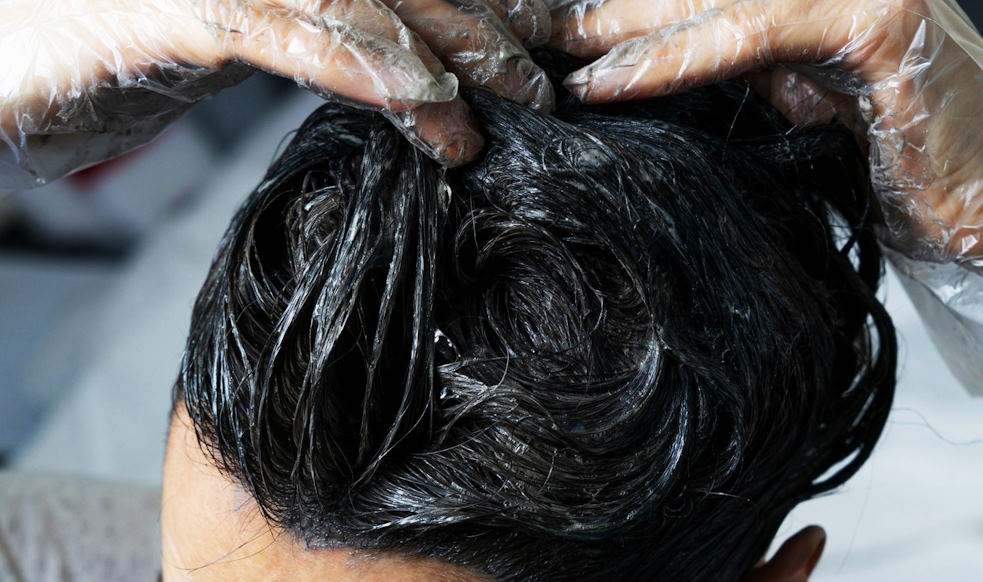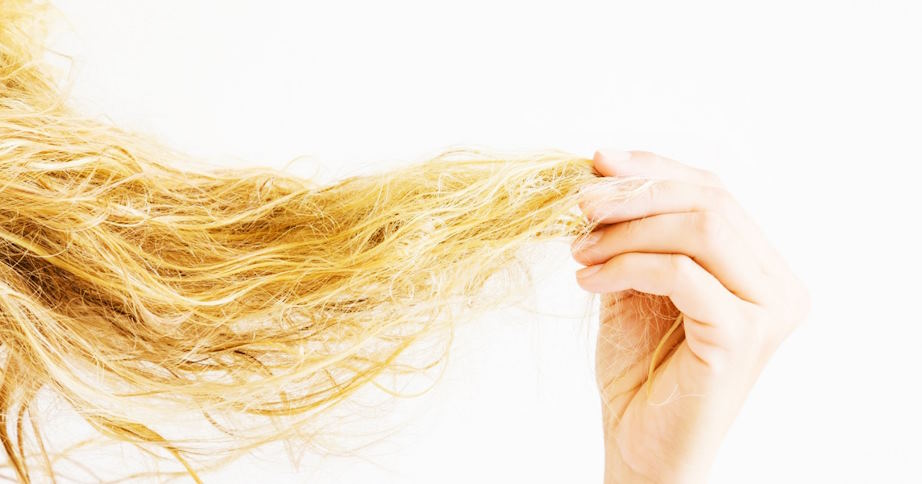Natural hair care has surged in popularity as more individuals seek healthier alternatives to conventional beauty products. Among the various aspects of natural hair care, DIY natural hair dyes stand out as a sustainable and nourishing option for those looking to add color to their locks. In a world inundated with chemical-laden hair dyes, the allure of harnessing the power of nature’s pigments is undeniable. From vibrant reds to rich browns and even subtle highlights, the spectrum of colors achievable through natural ingredients is vast and enticing.
Benefits of Natural Hair Dyes
Avoidance of harmful chemicals found in commercial dyes
Commercial hair dyes often contain a cocktail of harsh chemicals such as ammonia, parabens, and resorcinol, which can strip the hair of its natural oils and cause damage over time. By opting for natural hair dyes, you can steer clear of these harmful ingredients and minimize the risk of long-term damage to your hair and scalp. Natural dyes are typically derived from plant-based sources such as henna, indigo, and beetroot, making them a safer and gentler alternative for coloring your hair.
Nourishment and conditioning properties of natural ingredients
Unlike their chemical-laden counterparts, natural hair dyes are rich in vitamins, minerals, and antioxidants that can nourish and condition the hair while imparting color. Ingredients like henna, coconut oil, and avocado not only provide vibrant hues but also help to strengthen and moisturize the hair, leaving it looking and feeling healthier with each application. By incorporating these nourishing ingredients into your hair dye routine, you can achieve beautiful results without compromising the health of your hair.
Reduced risk of allergic reactions
One of the major benefits of natural hair dyes is their reduced risk of triggering allergic reactions. Synthetic dyes often contain harsh chemicals that can irritate the scalp and cause allergic responses in sensitive individuals. Natural hair dyes, on the other hand, are typically free from these irritants, making them a safer option for those with sensitive skin or allergies. By using natural ingredients like herbs, fruits, and teas to color your hair, you can enjoy beautiful results without the worry of adverse reactions.

DIY Natural Hair Dye Recipes
Henna and Indigo Mix for Brunette Shades
- Ingredients required: Henna powder, indigo powder, water, lemon juice or apple cider vinegar.
- Step-by-step application process: Mix henna powder with lemon juice or apple cider vinegar to form a paste. Let it sit for a few hours. In a separate bowl, mix indigo powder with water until it forms a paste. Combine the two mixtures thoroughly. Apply the mixture to clean, dry hair, starting from the roots and working your way down. Leave it on for 2-4 hours, then rinse with water.
- Tips for achieving desired shades: For a lighter brown shade, use more henna and less indigo. For a darker brunette shade, use more indigo and less henna. Experiment with different ratios until you achieve your desired color.
Beetroot and Carrot Juice for Red Tints
- Ingredients needed: Beetroot juice, carrot juice, coconut oil.
- Application instructions: Mix equal parts beetroot juice and carrot juice with coconut oil. Apply the mixture to clean, damp hair, ensuring all strands are coated evenly. Cover your hair with a shower cap and leave it on for 1-2 hours. Rinse thoroughly with water.
- Maintenance tips for vibrant color: To maintain vibrant red tints, rinse your hair with beetroot or carrot juice diluted in water after shampooing.
Chamomile Tea for Lightening Blonde Hair
- List of ingredients: Chamomile tea bags, water, lemon juice.
- Brewing and application method: Brew chamomile tea bags in hot water and let it cool. Add a few tablespoons of lemon juice to the tea. Apply the mixture to clean, damp hair and leave it on for 30-60 minutes. Rinse thoroughly with water.
- Precautions to prevent over-lightening: Monitor your hair closely during the application process to prevent over-lightening. Adjust the amount of lemon juice based on your desired lightness.
Coffee and Black Tea for Darkening Hair
- Ingredients and preparation: Brew strong coffee and black tea. Let them cool and mix equal parts.
- Application technique for subtle darkening: Apply the mixture to clean, damp hair and leave it on for 1-2 hours. Rinse thoroughly with water.
- Frequency of use for desired results: Use the coffee and black tea mixture once a week for subtle darkening effects. Adjust the frequency based on your desired intensity.
Sage and Rosemary Infusion for Covering Gray Hair
- Required ingredients and preparation: Sage leaves, rosemary leaves, water.
- Application process for gray coverage: Boil sage and rosemary leaves in water for 30 minutes. Let the infusion cool, then strain out the leaves. Apply the infusion to clean, damp hair and leave it on for 1-2 hours. Rinse thoroughly with water.
- Tips for maintaining color and shine: Use the sage and rosemary infusion regularly to cover gray hair and enhance overall color and shine.


